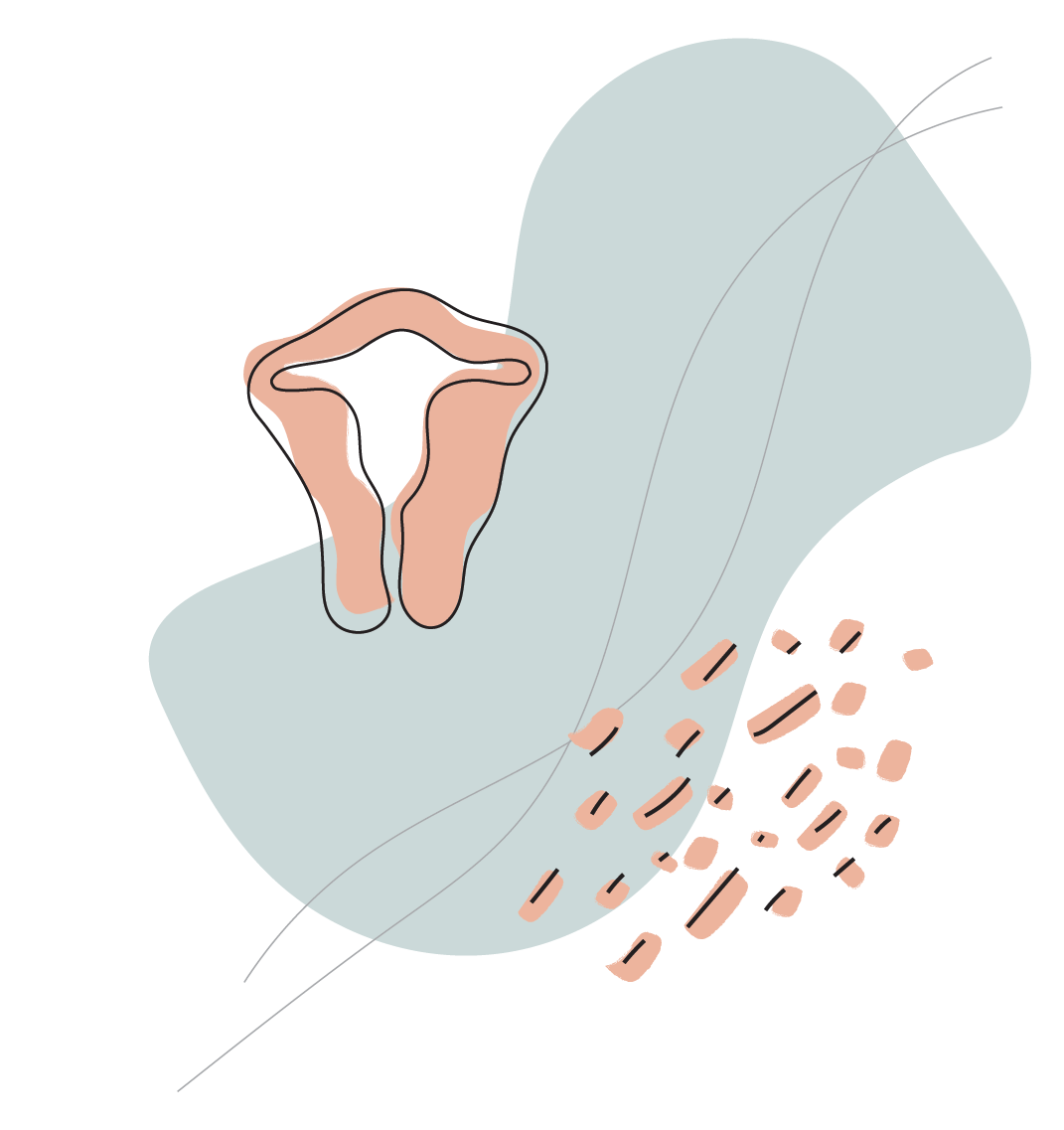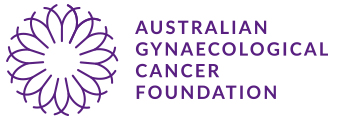
Looking closely at uterine or endometrial cancer
A woman’s uterus is about the size and shape of a pear and has two parts, the mainly muscular body (corpus) and the more fibrous cervix. A thick layer of muscle tissue, the myometrium, makes up most of the body of the uterus. The muscle is covered by peritoneum, which is called the serosa. It’s lined by a glandular membrane called the endometrium.
In the first half of the menstrual cycle, the endometrium is stimulated to proliferate by oestrogen,which is produced by the ovaries. Ovulation then happens and in the secretory phase of the cycle, the ovary begins to produce another hormone called progesterone. The progesterone normally “ripens” the endometrium, so that it’s ready to receive a fertilised egg. If conception and implantation doesn’t happen, the endometrium is shed (i.e. menstruation).
Over 95% of cancers of the body of the uterus happen from the glands of the endometrium and are called endometrial adenocarcinomas. They’re the most common gynae cancer in Australia, with around 3,200 new cases diagnosed each year. It’s the fourth most common cancer in women after breast, bowel and lung cancer.
Approximately 2.7 percent of women will be diagnosed with endometrial cancer at some point during their lifetime. The disease mainly affects obese, postmenopausal women.
Less than 5% of cancers of the body of the uterus happen from the connective tissue or muscle.
These are called sarcomas. They include sarcomas from the endometrial connective tissue, endometrial stromal sarcomas and undifferentiated uterine sarcomas and sarcomas, resulting from the uterine muscle, called leiomyosarcomas.
Benign tumours of the uterine muscle are very common and are called fibroids or leiomyomas.
After menopause, most fibroids get smaller and cause no issues. In a premenopausal woman, both benign and malignant muscle tumours may cause heavy menstruation and an enlarged uterus. A rapidly enlarging fibroid, especially in a postmenopausal woman, may be a leiomyosarcoma. Diagnosis will be uncertain until the tumour can be examined under the microscope.
Endometrial Stromal Tumours
There are two types of endometrial stromal tumours. The more common one is an endometrial stromal sarcoma and the other is an endometrial sarcoma or undifferentiated uterine sarcoma.
An endometrial stromal sarcoma is a slow-growing cancer. A woman with this cancer will typically be premenopausal and report abnormal vaginal bleeding. The diagnosis will usually be made by uterine curettage. A hysterectomy will be the likely cure, with or without the removal of the tubes and ovaries (bilateral salpingo-oophorectomy).
Endometrial sarcoma is a rapidly growing cancer that tends to spread through the blood stream early in its course. It’s treated in the same way as an endometrial stromal sarcoma, but the chances of survival are much lower.
Leiomyosarcoma
A leiomyosarcoma is a cancer of the uterine muscle. The average age of a woman with a leiomyosarcoma is about 55 years.
Symptoms include pelvic pain, abnormal uterine bleeding, or a lower abdominal mass. Pressure may also be felt on the bladder or rectum.
Unfortunately, the chances of being diagnosed before surgery are low, because leiomyosarcomas can’t usually be diagnosed from the results of a uterine curettage. Heavy bleeding and an enlarged uterus are likely to be diagnosed as fibroids. The only potentially curative treatment for a uterine leiomyosarcoma is hysterectomy.
Cancer cells from these tumours tend to get into the blood stream and spread (metastasise) to distant organs, such as the lungs or liver, early and postoperative radiation or chemotherapy does not improve survival.
The overall 5-year survival for a woman with a leiomyosarcoma is about 50%. Interestingly, the outlook is better if the tumour is less than 5cm in diameter.

Who we are
We are the Australian Gynaecological Cancer Foundation. The only organisation that focuses on funding laboratory research into all eight gynae cancers.
Subscribe to our newsletter
Get in touch
Where to find us:
1/1 Jamison Street, Sydney NSW 2001
For general enquiries:
telephone: +61 2 8235 2606
email: [email protected]
Together, we’re giving women hope.
Donations of $2 or more are tax deductable in Australia.
ABN: 17 152 685 295

© Australian Gynaecological Cancer Foundation | Privacy Policy

